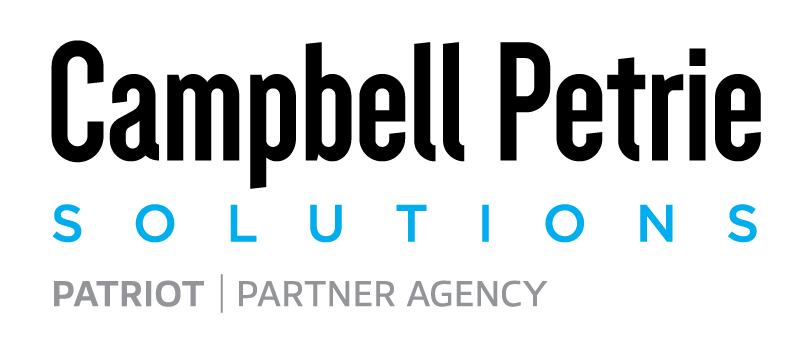Solving the challenge of HR, workers compensation and employee Benefits is difficult at every level from start-ups to multi-national conglomerates. The PEO (Professional Employer Organization) has become a very cost effective and popular way for small businesses, fast growing start-ups, and even mid-market companies to outsource and consolidate these services to a single vendor and benefit from their economies of Scale and shifting risk via the co-employment model.
![]()
Many firms join a PEO when they are 5-10 employees and go into a hyper-growth mode and get to the point of critical mass where they begin to evaluate whether or not the PEO is still the best fit for their company. The average size company in a PEO is between 25 and 40 employees.
There are several key milestones in a company’s growth cycle that are good times to review whether or not to stay in a PEO or move to a ala cart service offering.
- The group grows in size and meets the large group requirements in their state, either 51 or 101 employees eligible for health insurance and the availability of alternative funding models such as self-funding/level funding/captives becomes a viable alternative
- The number of people waiving the company benefits offering is much larger than the people partaking
- The group grows in size and can afford to hire a full time HR person and manage many of these processes internally
- The group has been able to find less expensive standalone solutions
With healthcare being such a major part of the decision making process whether to leave or stay in the PEO model we find when the group size hits the large group qualifier number it is typically a good time to review your options.
If the healthcare costs that you can achieve outside of the PEO in the traditional fully insured (or Self-Funded) markets are around the same or cheaper, this should be the point where you really consider all of the other items that the PEO is providing to you and what those costs may look like when buying them all on a standalone basis. The items you must consider should be: Payroll, HRIS, Benefits Administration, Worker’s Compensation, Unemployment Taxes, Retirement Plan Administration, Section 125, COBRA administration, Applicant and PTO tracking, Time and Attendance, Employer Practices Liability Insurance, and Human Resource advice. Lastly the labor costs associated with bringing these services in house as well as the additional exposure to employee and tax related legal issues as you transfer back to the company FEIN and away from the co-employment model.
This may seem like a lot, and it is, but the good news is that for a fraction of the costs of your PEO administration charges you can implement on a more a la carte basis all of these items from a traditional payroll company like Paylocity, ADP, or Netchex. Most of the time you can shrink your administration charges by 75%, which is a pure savings to the business. With the recent passing of the laws regarding Tax restarts you are no longer forced to wait until the end of the year to leave a PEO.
Leaving a PEO and setting up your own administration model and benefit plans is a heavy undertaking and you will want to choose your advisors carefully. This should include your CPA to advise on any Payroll tax consequences based on timing of your PEO departure and to make sure your tax filings are setup up properly with each state in which you do business or have employees. A great Payroll company that will stay with you during and after your implementation, and a specialist in all three advisor areas, employee benefits, retirement plans, and workers compensation.
